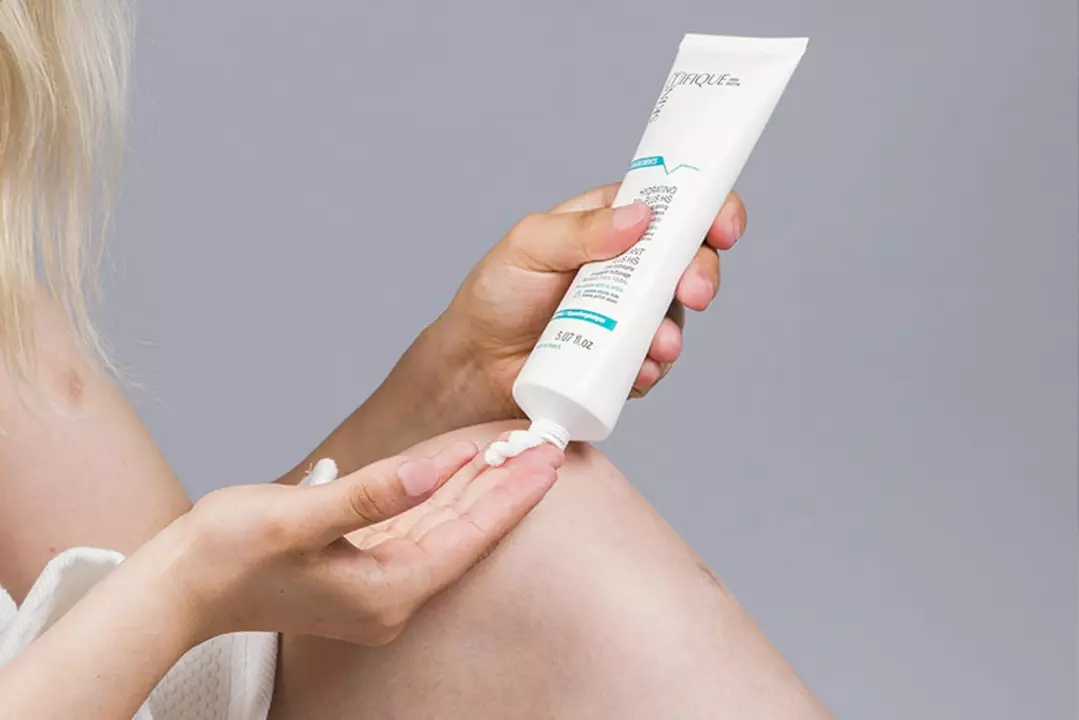As a blogger, I recently came across some interesting information on Betamethasone, a corticosteroid medication, and its role in managing atopic dermatitis. It turns out that this medication is quite effective in reducing inflammation, itching, and redness associated with this common skin condition. By applying a topical cream or ointment containing Betamethasone, individuals suffering from atopic dermatitis can experience significant relief from their symptoms. However, it's important to note that this medication should be used under the guidance of a healthcare professional, as overuse or improper application can lead to side effects. Overall, Betamethasone appears to be a valuable treatment option for those struggling with atopic dermatitis.
Atopic dermatitis: Practical steps to control flare-ups and soothe your skin
Red, itchy patches that keep you awake at night? That’s atopic dermatitis (aka eczema). It’s common, frustrating, and very treatable with the right daily routine. This page gives clear, useful steps you can use today to calm flare-ups and reduce how often they come back.
What triggers it and how to spot the signs
Atopic dermatitis shows up as dry, itchy, sometimes oozing patches. Kids often get it on cheeks and elbows; adults get it on hands, neck, and behind knees. Triggers are usually simple: harsh soaps, scented laundry detergent, wool clothing, sweating, dry air, and certain metals or skin products. Stress and colds can also spark flares.
Spot an infection? Look for yellow crusting, increased pain, spreading redness, warmth, or fever. That needs a doctor visit fast.
Treatment and everyday care that actually helps
Start with moisturizers. Use a thick, fragrance-free emollient (ointment or cream) twice daily — more during flares. Apply while skin is damp: pat dry after a short lukewarm shower (5–10 minutes) and rub the moisturizer in within three minutes to lock in water. Carry a small tube for daytime touch-ups.
For flares, topical corticosteroids work fast. Use the lowest strength that controls the flare, follow instructions, and apply in a thin layer. If you’re worried about side effects, ask about fingertip-unit dosing — it helps you measure the right amount. For steroid-sparing options, topical calcineurin inhibitors (like tacrolimus) or crisaborole can be useful, especially on sensitive areas like the face.
Wet-wrap therapy can calm severe flares: apply emollient or steroid, then a damp layer of cloth, and a dry layer over that for a few hours or overnight. It’s especially helpful in children but check with a clinician first.
For long-term moderate to severe cases, newer options like dupilumab (a biologic) or phototherapy may be recommended by a dermatologist. Oral antihistamines can help you sleep if itch is severe, but they don’t cure the eczema.
Small but effective habits: use fragrance-free, dye-free detergents; wear soft, breathable fabrics; keep indoor humidity around 40–50% in winter; avoid hot showers; and trim nails to reduce skin damage from scratching. If a product causes burning or stinging, stop it — that’s often a sign of irritation or allergy.
When to see a doctor: if the rash covers large areas, doesn’t improve with basic treatment, looks infected, or seriously disrupts sleep and daily life. If you’re an adult whose eczema suddenly got worse, ask about patch testing to find contact allergies that make it worse.
Want a quick checklist? Gentle cleanser, thick moisturizer, short lukewarm baths, avoid triggers, steroid for flares, and see a dermatologist when needed. Small changes often make the biggest difference.

